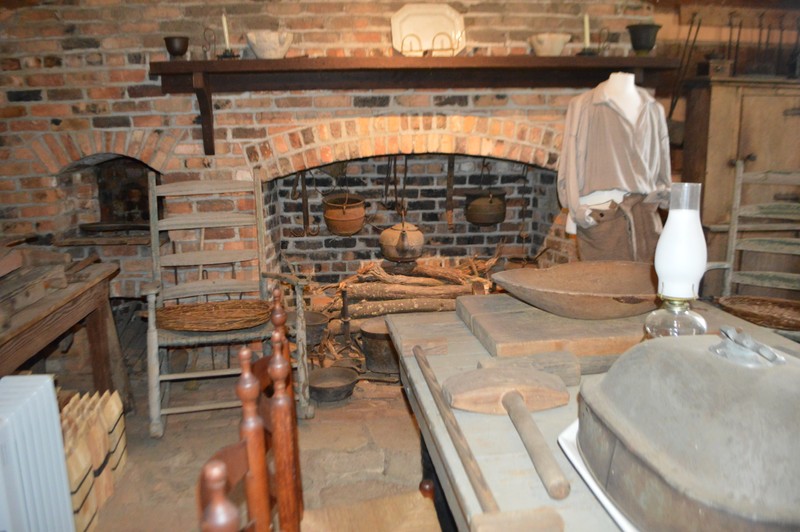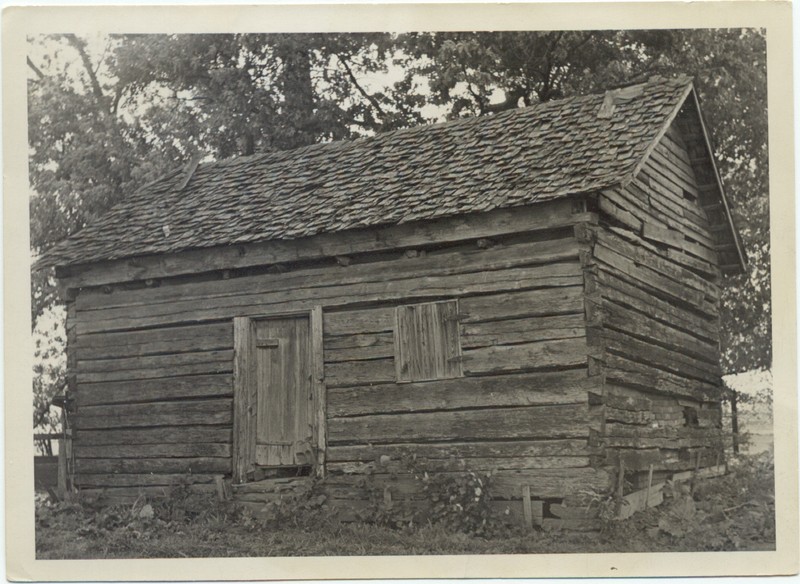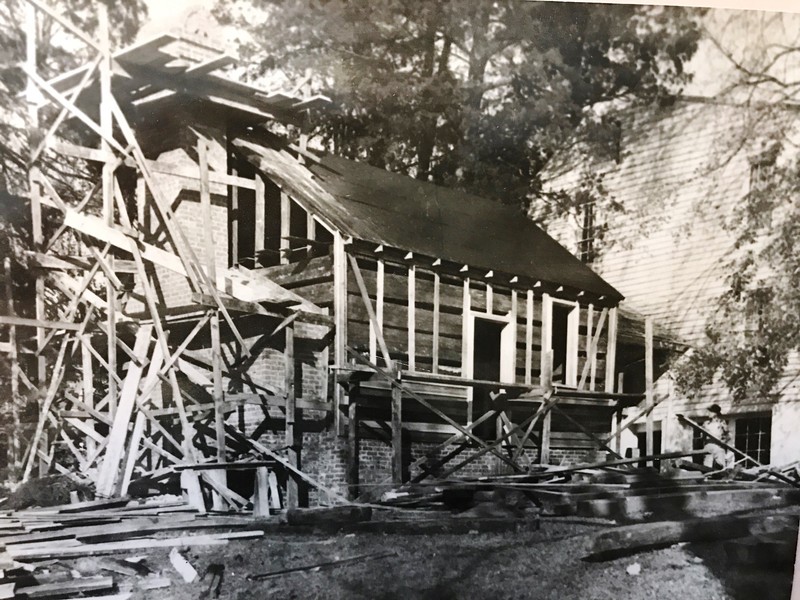Fort Hill-Kitchen
Introduction
Author-Uploaded Audio
Listen to a narration of this entry's description by Fort Hill User.
Text-to-speech Audio
Images
The Reconstruction Plantation Kitchen
.jpg)
The kitchen was moved outside the home to protect from heat and fire

Some of the Original Cooking Tools

Reconstruction Kitchen's Original Site

Reconstruction Kitchen's Original Site 2

Kitchen Reconstruction Process

Newly Reconstructed Kitchen

Backstory and Context
Author-Uploaded Audio
Listen to a narration of this entry's description by Fort Hill User.
Text-to-speech Audio
Outdoor kitchens such as this were intended to protect the house in case of fire and to keep some of the heat out of the home. They were often referred to as "summer kitchens." The original kitchen at Fort Hill was removed due to deterioration around 1900. This reconstruction kitchen was built in 1944 using materials from a Pinckney plantation in Pendleton called "Atlamont II." In order to reconstruct the kitchen as accurately as possible, an oral history was collected from Clemson's housekeeper, Jane Prince. Most of the cooking vessels are original pieces to the Calhouns or the Clemsons.
Also found in Fort Hill's reconstruction kitchen are a host of textile tools and equipment. Yarn winders, spinning wheels, and looms would have been housed in the nearby spin house and weave room buildings. The large wash pots would have been used inside and outside of a separate laundry building. None of these outbuildings still stand, but archaeology can reveal some of the mysteries lost to time.
The plantation kitchen would have been the domain of the enslaved cooks and other enslaved domestic laborers. Very few names of the enslaved were ever recorded by the family in personal correspondence, but much can still be learned by examining correspondence, wills and estate inventories. People like Nelly, who was the enslaved cook at Fort Hill in 1848, or Christy who became the cook in 1854, were responsible for all the cooking at Fort Hill, for the family and all of their guests. Other enslaved persons worked as skilled laborers, such as carpenters, Blacksmiths, and seamstresses. The corner cupboard in the kitchen was made by an enslaved carpenter, possibly Ted Calhoun who was a carpenter at Fort Hill in 1865. Carpentry tools in the kitchen are similar to those used by enslaved carpenters. In 1865, there was an enslaved Blacksmith at Fort Hill named Nicholas. There are Blacksmithing tools in the kitchen that are similar to what might have been used by Nicholas and other enslaved skilled laborers like him.
Enslaved African Americans were responsible for the operations of the many outbuildings which once stood at Fort Hill. Archaeology is now our best means of accessing the past and the lives of those who lived and labored at Fort Hill.
Sources
Ernest McPherson Lander, The Calhoun Family and Thomas Green Clemson: The Decline of a Southern Patriarchy (Columbia, S.C.: University of South Carolina Press, 1983).
“Educational Resources | Clemson University, South Carolina,” accessed May 21, 2020, https://www.clemson.edu/about/history/properties/ed.html.
“Historic Properties | Clemson University, South Carolina,” accessed May 21, 2020, https://www.clemson.edu/about/history/properties/.
“The African American Experience at Fort Hill | Clemson University, South Carolina,” accessed May 21, 2020, https://www.clemson.edu/about/history/properties/fort-hill/african-americans1/.
“Archaeological Field School at Fort Hill | Clemson University, South Carolina,” accessed May 21, 2020, https://www.clemson.edu/about/history/properties/fort-hill/archeological-field-school.html.
images courtesy of Fort Hill
Images courtesy of Fort Hill
images courtesy of Fort Hill
image courtesy of Fort Hill
image courtesy of Fort Hill
image courtesy of Fort Hill
“Fort Hill, Clemson University Campus, Clemson, Pickens County, SC,” image, Library of Congress, Washington, D.C. 20540 USA, accessed July 22, 2020, https://www.loc.gov/item/sc0118/.
